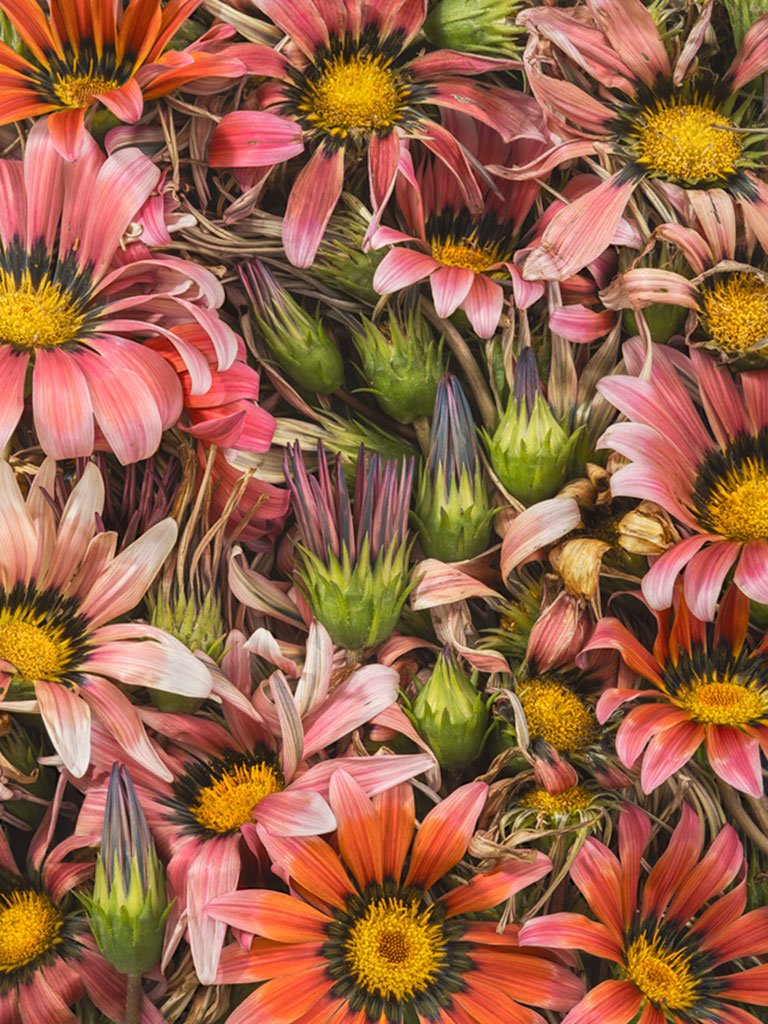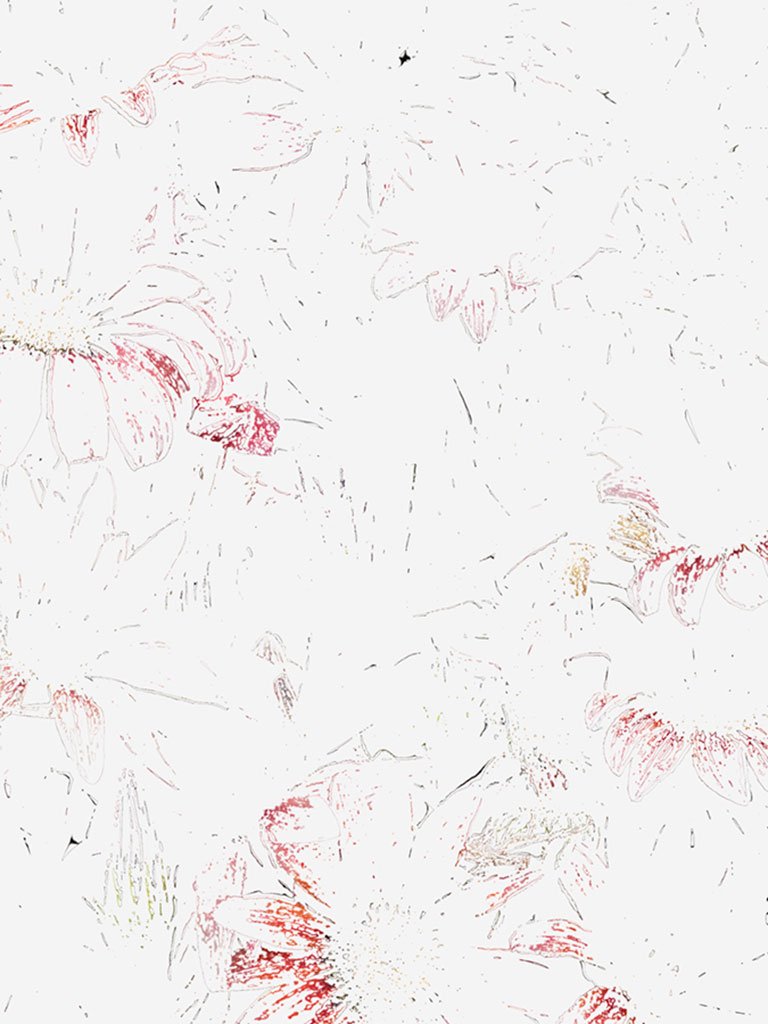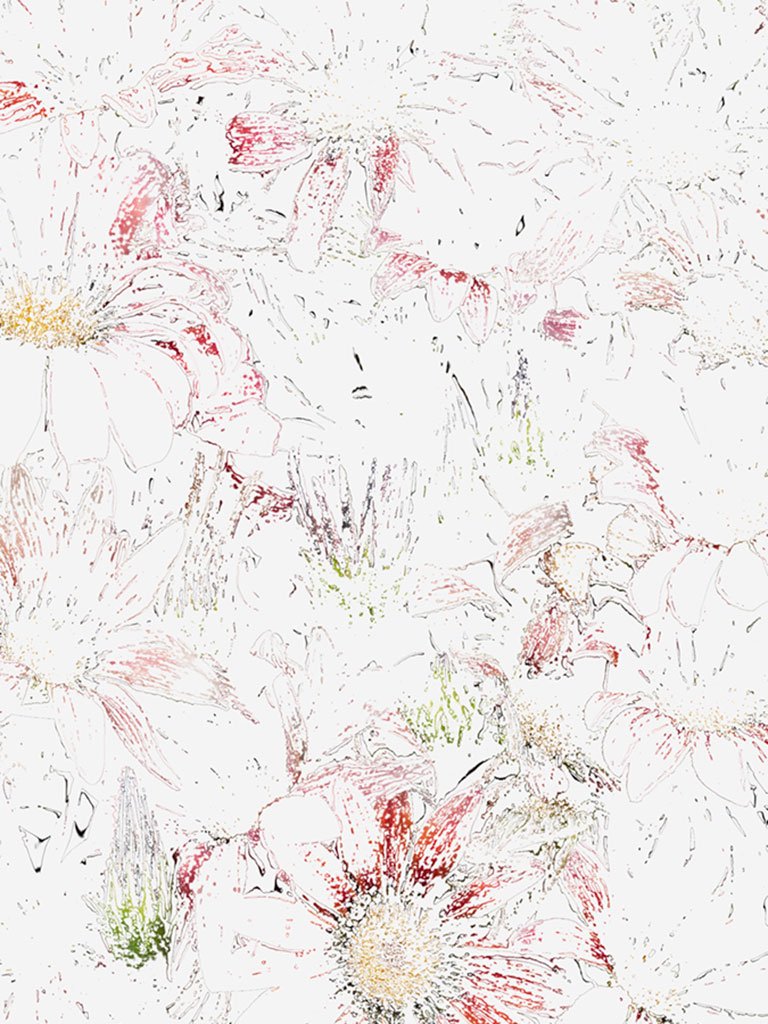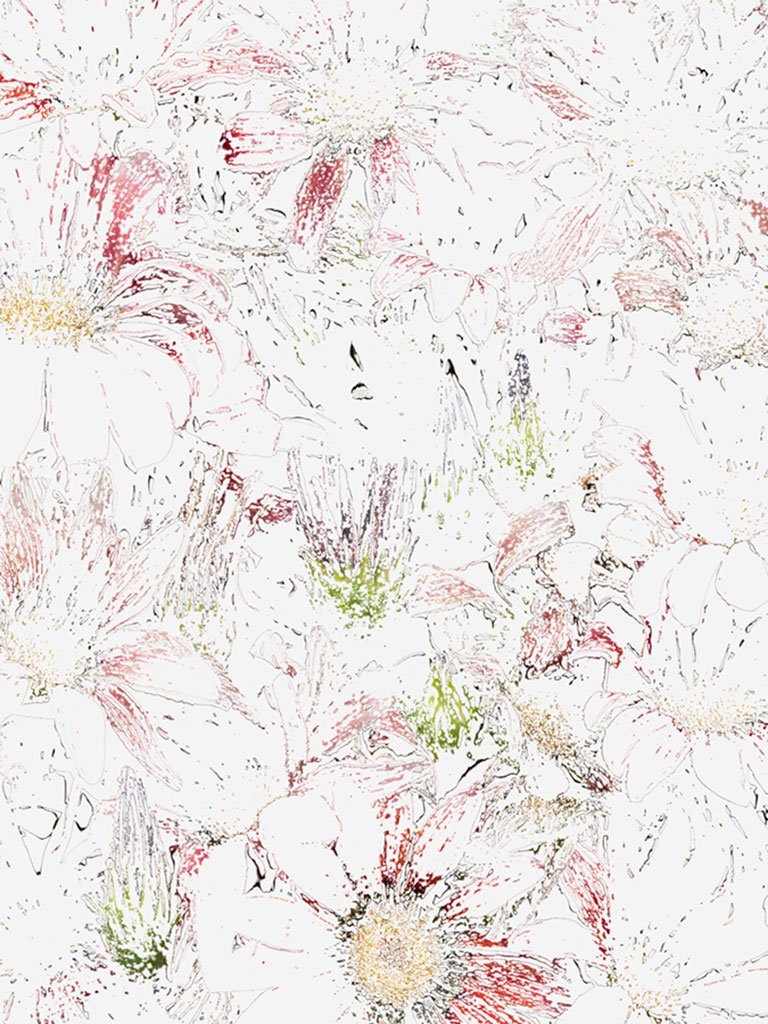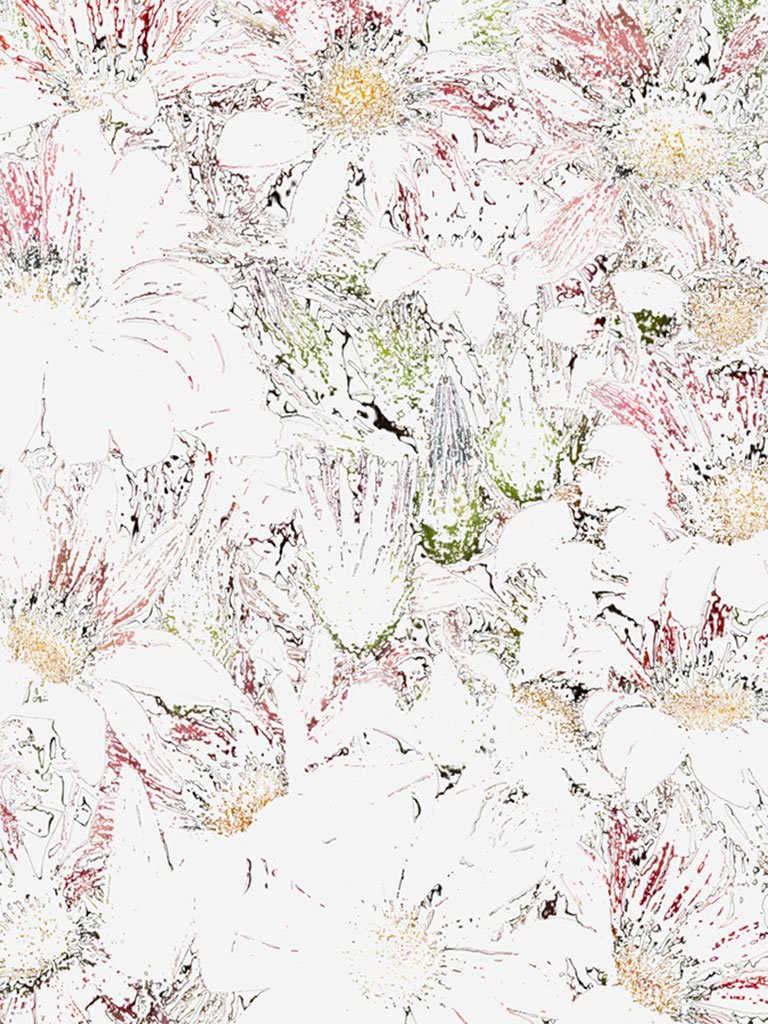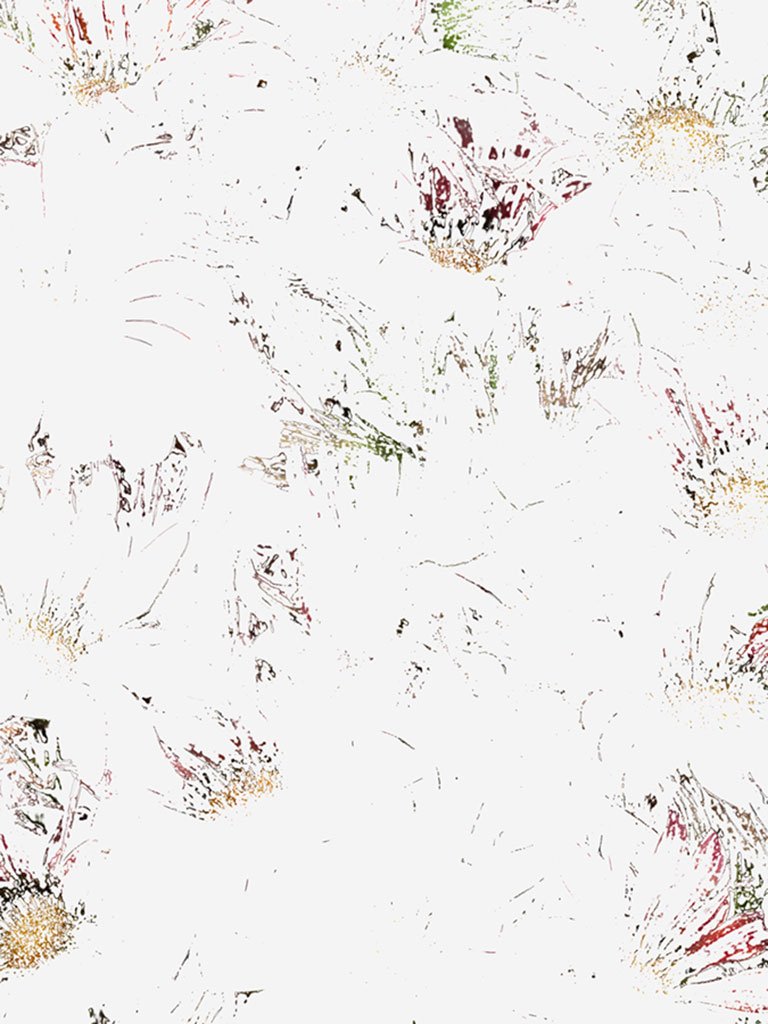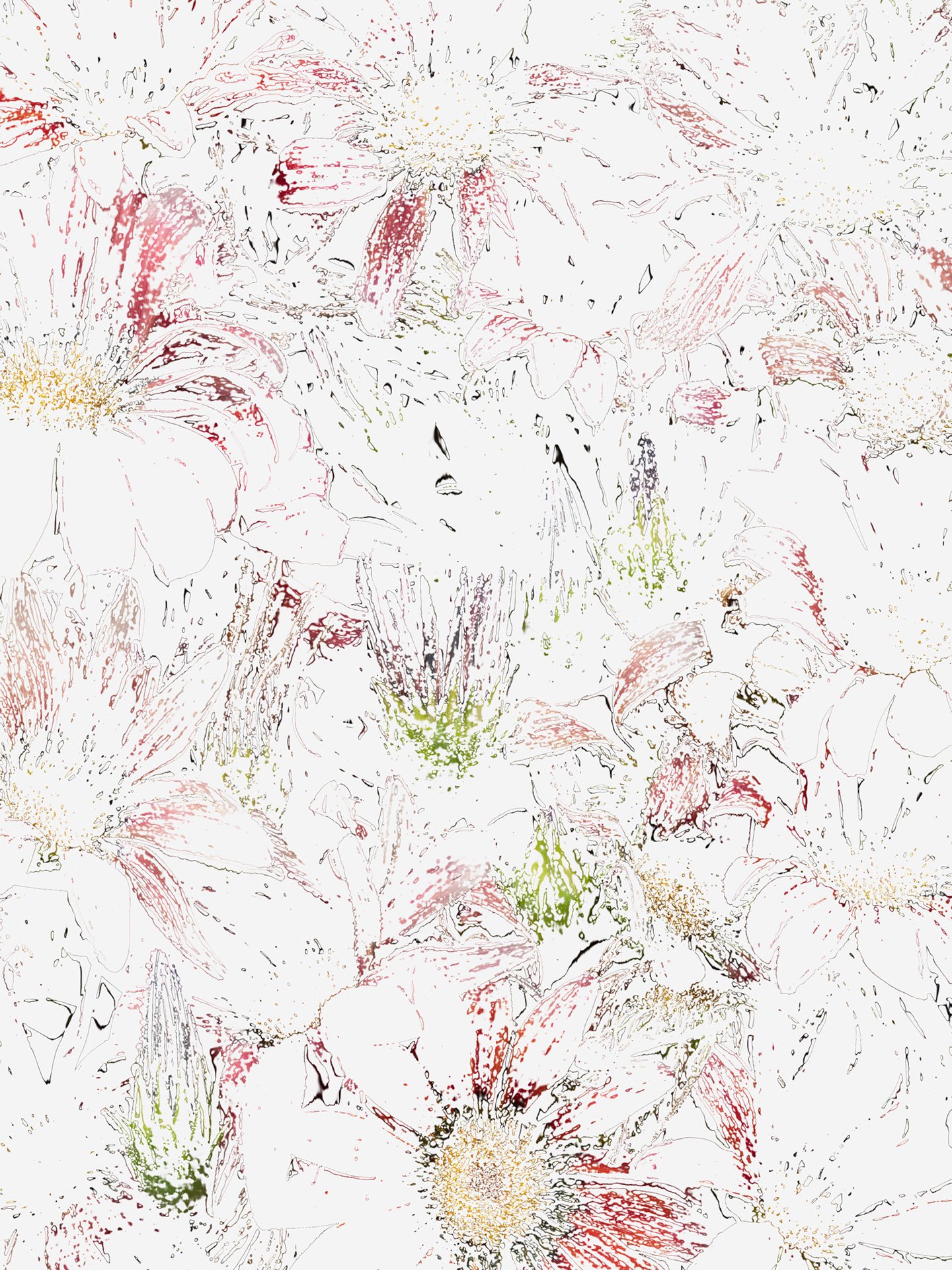In photography, the circle of confusion is used to describe the depth of field, the part of an image that is acceptably sharp. It is controlled by the lens aperture diameter usually specified in f-stops. The smaller the aperture, the wider or deeper the depth of field. Theoretically, the aperture can be infinitely small. Unfortunately, at reduced apertures, diffraction and aberrations will set in, defeating the purpose of achieving a final image of extreme sharpness, clarity, and detail. These limitations can be overcome with a technique called focus stacking. It combines multiple images focused on different planes that are then reassembled in post production resulting in an image with a greater depth of field than any of the individual source images. Inversely, many photographers will prefer a shallow depth of field in order to detach the subject from its background. This creative choice subconsciously informs the viewer about the position and scale of the subject in relation to its environment and the photographer. Since I have yet to conjure up a thought or remember a dream where being out-of-focus was a feature I can only surmise that the ramifications are purely lens-based. At worst a byproduct of mechanical limitations, at best a device, a language. Instead, in a through and through tack sharp image, relational and visual cues of scale, distance, and context are lost. The subject is thus represented in its purest form. This intentional removal of any environmental or procedural plasticity from my subjects results in a dimensionality that never was and where subject, artist and viewer are on equal footing.
In mathematics, infinity is a state of endlessness without time, space, or quantitative limits. An accepted convention never to be tested. The images in this book are faithful representations of occurrences that indeed took place but were never experienced as depicted. They are genuine, not as authentic descriptions but as ciphers devised to help us make sense of the observable universe that surrounds us.
In the slides below, this final composite of treasure flowers; Gazania rigens; is an amalgam of 200 shots taken in 2023. The white images are a simplified series of 5 of theses shots whose out-of- focus areas have been removed. The remaining in-focus elements are then superimposed before retouching and color grading can commence.
